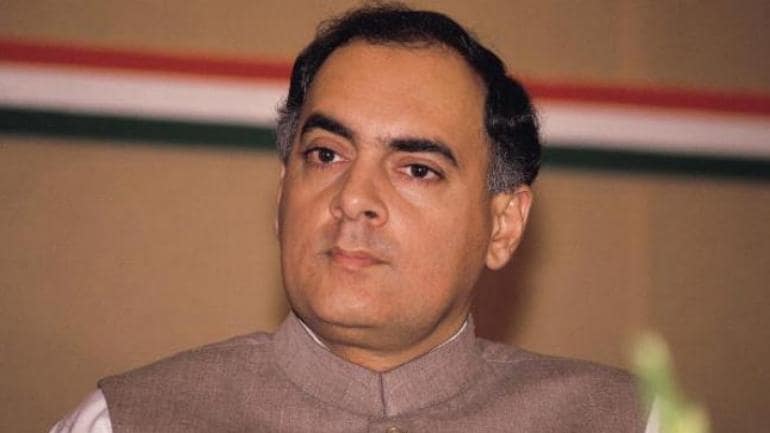


The release from Tamil Nadu prisons of Nalini Sriharan and some others convicted in the Rajiv Gandhi assassination case has sparked off a major controversy with the Congress criticising the Apex Court for setting them free. The released prisoners were part of the conspiracy that led to the killing of the former Prime Minister at Sriperumbudur on 21 May 1991. Some of them had been in prison for nearly three decades. The Supreme Court had earlier ordered the release of one other convict in May this year. The decision on the convicts was taken by the Tamil Nadu government in 2018 but somehow, they could not step out of the prison. One of the lawyers who was involved in the long legal fight said that after the 2018 decision of the State government, the detention of these prisoners was illegal and against the tenets of law. Priyanka Gandhi Vadra had some years ago met Nalini but she continued to be behind bars. Even as the debate over setting free, the convicts wages in legal circles, there are many who believe that after 20 years in jail, no one should be allowed to be in confinement unless the circumstances were such. In the Rajiv Gandhi assassination case, the arrested persons were all part of the larger conspiracy but were not directly involved in the actual act of killing which was carried out by Dhanu, the suicide bomber who was directly supervised by Sivarasan, the one-eyed Jack and his associate Subha. Nearly three months after Rajiv’s assassination, the two of them committed suicide by consuming cyanide pills in Bengaluru when their hideout was surrounded by the police. There are many questions regarding the investigation that was conducted to probe the plot. The Karthikeyan Special Team of Investigation concluded that the LTTE was behind the murder. However, no senior functionary of the LTTE in Jaffna ever claimed the responsibility for this act. Another point that was discussed frequently was that why did Sivarasan and Subha not flee to Jaffna after the killing and continued to be in Tamil Nadu and Karnataka. If they were indeed LTTE, they should have sought refuge across the Park Straits. One theory is that Sivarasan was a rogue LTTE operative who was used by some other agency to carry the assassination. It may be recalled that Palestinian leader Yasser Arafat had warned Rajiv Gandhi of a possible attempt on his life while he was campaigning for the parliamentary polls. The Indian investigators had relied heavily on the photographs taken by Hari Babu which were recovered from the spot though the photographer was also amongst those who were killed. The pictures could have been red herrings to distract attention of the investigators in the post assassination scenario. There is another angle to the release which is that if Gopal Godse could be set free within 16 years of his being convicted for the murder of Mahatma Gandhi, why should Rajiv’s secondary killers be in prison for such a long period. Argument which is being made by those who favour the convicts being let off is that circumstances have changed. Presuming the plot was hatched by the LTTE to avenge the intervention of Indian Army during Rajiv’s tenure, the dreaded organisation no longer exists and its supreme leader Prabakaran was killed by the Sri Lanka forces some years ago. It is now for legal eagles to debate this matter and for the Supreme Court to have the last word if any petition comes up before it.
Pankaj Vohra